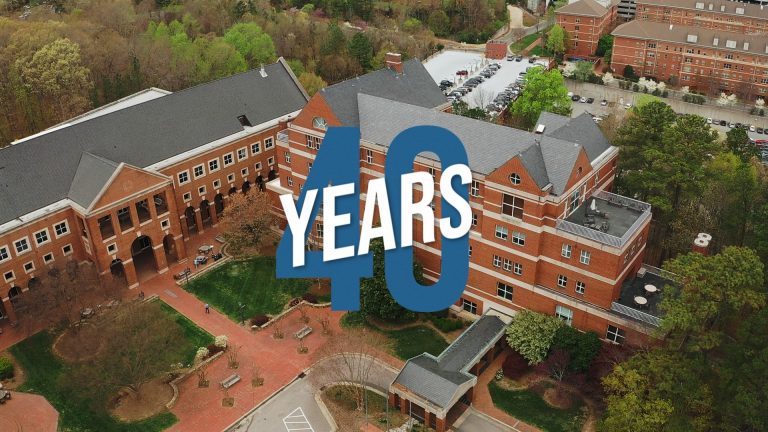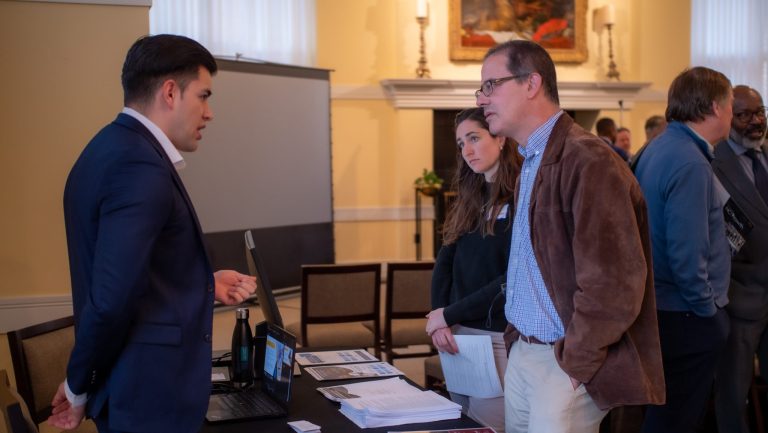North Carolina adopted its County Tiers System to direct economic support toward struggling counties. An examination shows the nearly 40-year-old system is increasingly misaligned with both economic reality and stakeholder needs.

Empowering American Cities Featured in USA Today
Kenan Institute Chief Economist Gerald Cohen and Empowering American Cities, the institute's collaboration with Fifth Third Bank, are featured in a new USA Today package about cities with growing economies.
At the institute’s annual Conference on Market-Based Solutions for Reducing Wealth Inequality, a diverse group of experts from business, government and academia discussed practical solutions for improving upward mobility.
New business formation fuels local growth in North Carolina and offers real-time data to guide policy and forecasting, according to new research from the Kenan Institute, the North Carolina Collaboratory, and the Secretary of State.
Learn about the legacy and the future of the Kenan Institute of Private Enterprise, part of UNC Kenan-Flagler Business School at the University of North Carolina at Chapel Hill, as it marks its 40th anniversary.

Not-So-Great Expectations: May Economic Briefing
We can't call it a recession yet but join Kenan Institute Research Economist Sarah Dickerson as she addresses a mixed bag of economic news during the institute’s monthly briefing at 9 AM EDT Friday, May 2.
In a continuing effort to examine the business sector's contributions to inclusive economic growth, join us April 10-11 for two days of discussions and exploration during the third annual Conference on Market-Based Solutions for Reducing Wealth Inequality.

Don't miss this compelling keynote session by Chloe Hakim-Moore, an internationally acclaimed entrepreneur, a Forbes 30 Under 30 honoree, and TEDx speaker, on April 10, 2025, at 4 PM.

Manufacturing: Regional Strengths and Shifts (Redux)
We update an August 2023 piece in which we explain why manufacturing remains essential for economic growth and how manufacturing in the US today incorporates both regional shifts and “stickiness” in traditional strongholds.

Artificial Intelligence and the Skills Gap
The AI transformation has yet to happen, prompting uncertainty about potential impacts on the skills gap and the nature of work. Recognizing this will help us develop strategies for mitigating potential risks to workers, firms and the economy.
Save the date for this drop-in style event showcasing the work of NCGrowth and the Kenan Institute on February 25.






Skilled Tech Workers Help Drive Local Productivity
As businesses increasingly rely on technology, cities with a strong tech workforce gain a competitive edge, experiencing greater economic growth. This shift can be seen in both urban centers and rural areas.